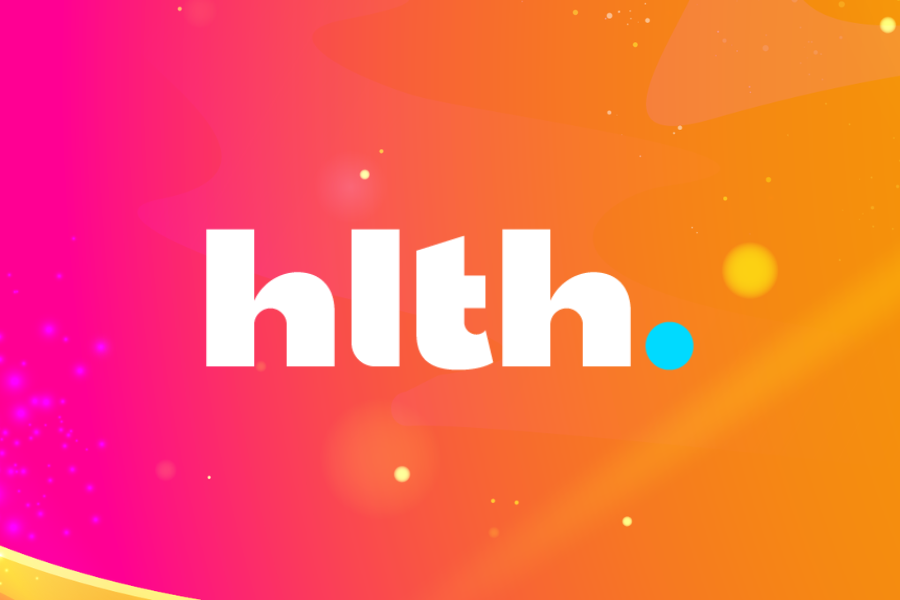From an evolution standpoint, the methods for information transfer and communication have come a long way from the days of the telegraph. Up until the 1990s, the fax machine was the most widely used communication device in almost all industries. The 21st century ushered in a new age of mobile and web-based communication tools. The American healthcare system, however, remains stuck in the past. As it stands, approximately 75% of all medical communication still takes place via fax. While an overwhelming majority of clinics, hospitals, and post-acute care (PAC) providers have digitized their patient records, the means to share this electronic information across different healthcare settings proves difficult.
Why Are Better Communication Tools A Necessity?
Efficient and effective communication between healthcare teams is vital, especially when it comes to senior care, where it’s common to have multiple providers take part in the various stages of an episode of care. For hospitals, clinics, and PAC providers, the current system of transmitting patient data, charts, and records via fax machine is wholly inefficient, neither optimizing outcomes nor reducing costs. The error-prone nature of fax machines is not suitable for the time-sensitive and precise information transfer required in the healthcare field. Moreover, most facilities have to maintain additional staff only to sort through incoming faxes and distribute them to the appropriate healthcare provider, which in itself is fraught with human error and oversight.
The Prepared Health Solution
With the use of the Prepared Health platform, a mobile and web-based communication platform, the drawbacks associated with the fax machine are eliminated and the benefits are clear:
- Information transfer is more cost-effective: Especially when it comes to caring for a senior, different providers are involved as the patient moves from hospital to skilled nursing facility to home health care provider. Through Dina, care team providers across settings can access patient data as well as communicate with each other via the HIPAA-compliant web and mobile device platform. The cost of paper, ink, and maintenance of fax machines, and most importantly, the time associated with faxing are done away with completely.
- Communication is precise and accurate: Dina ensures that communication is as it is meant to be, timely and complete. Unlike what one experiences with the fax machine, there’s no risk of half-printed or missing pages, unintended recipients, or information sent to a “black hole.”
- Better communication improves patient outcomes: The platform allows providers on a patient’s team to communicate in real time, thereby allowing them to respond to changes in a patient’s condition proactively and make more informed clinical decisions. Waiting around for faxed orders and charts is a thing of the past.
- Sharing of information reduces readmission rates: The risk of delayed information transfer via outdated communication devices is mitigated with the use of the platform. By allowing discharge planners and PAC providers to transfer information efficiently, patient issues are identified and intervened on earlier, leading to decreased need for readmissions to the hospital.
Additional Benefits of Dina
- Seamless referral process: Case managers can place all PAC referral requests through the platform. The PAC provider can communicate acceptance of referrals and request additional information via Dina. Once a referral is accepted, PAC providers automatically get access to all necessary patient information. The need for phone calls, printing of medical records, or faxing of data is eliminated.
- Ease of record transfer: The platform allows for attachments when sending patient data, making it easy to transfer medical records accurately and efficiently. The wait time involved with faxing and printing entire charts is drastically reduced.




